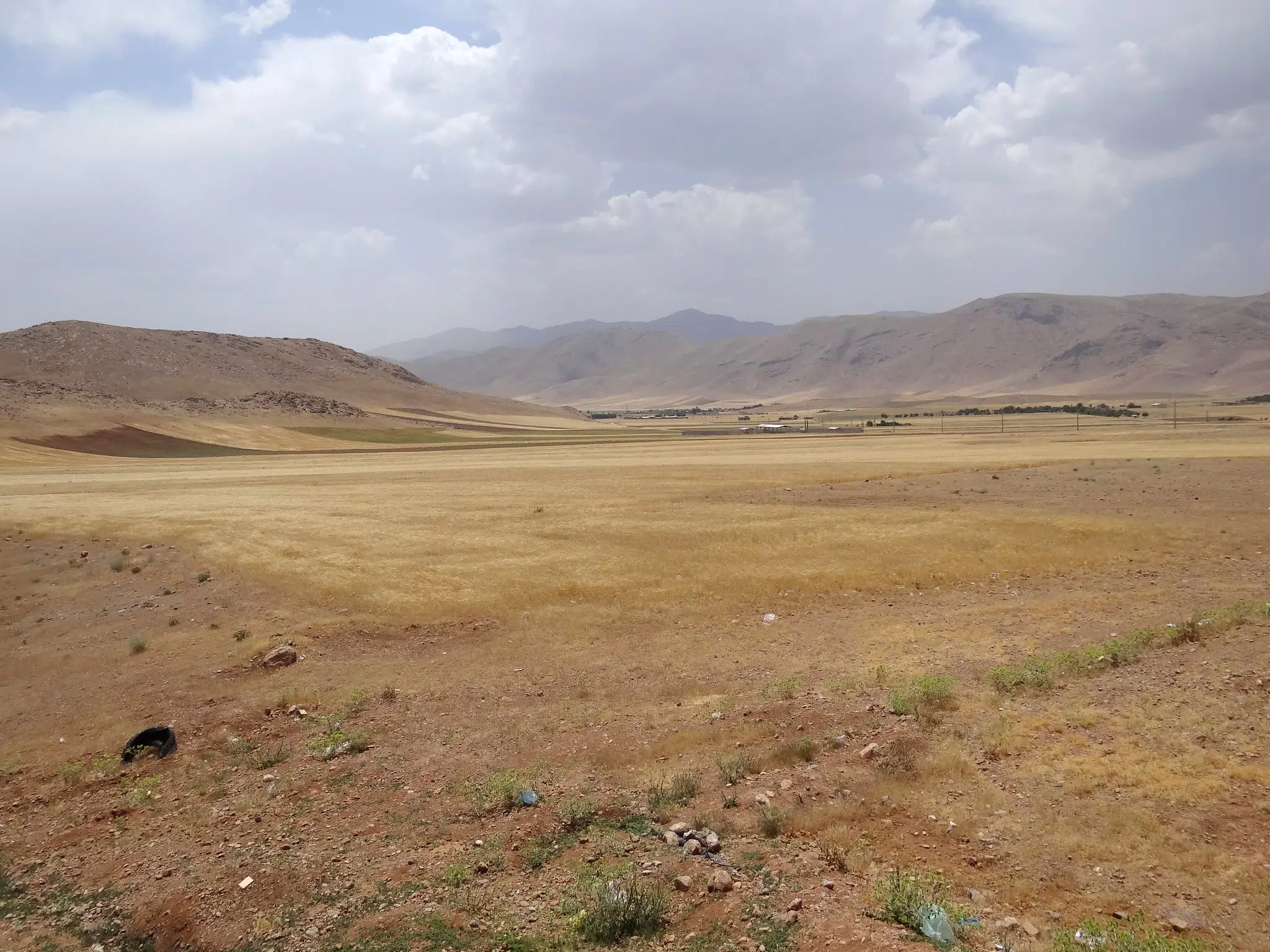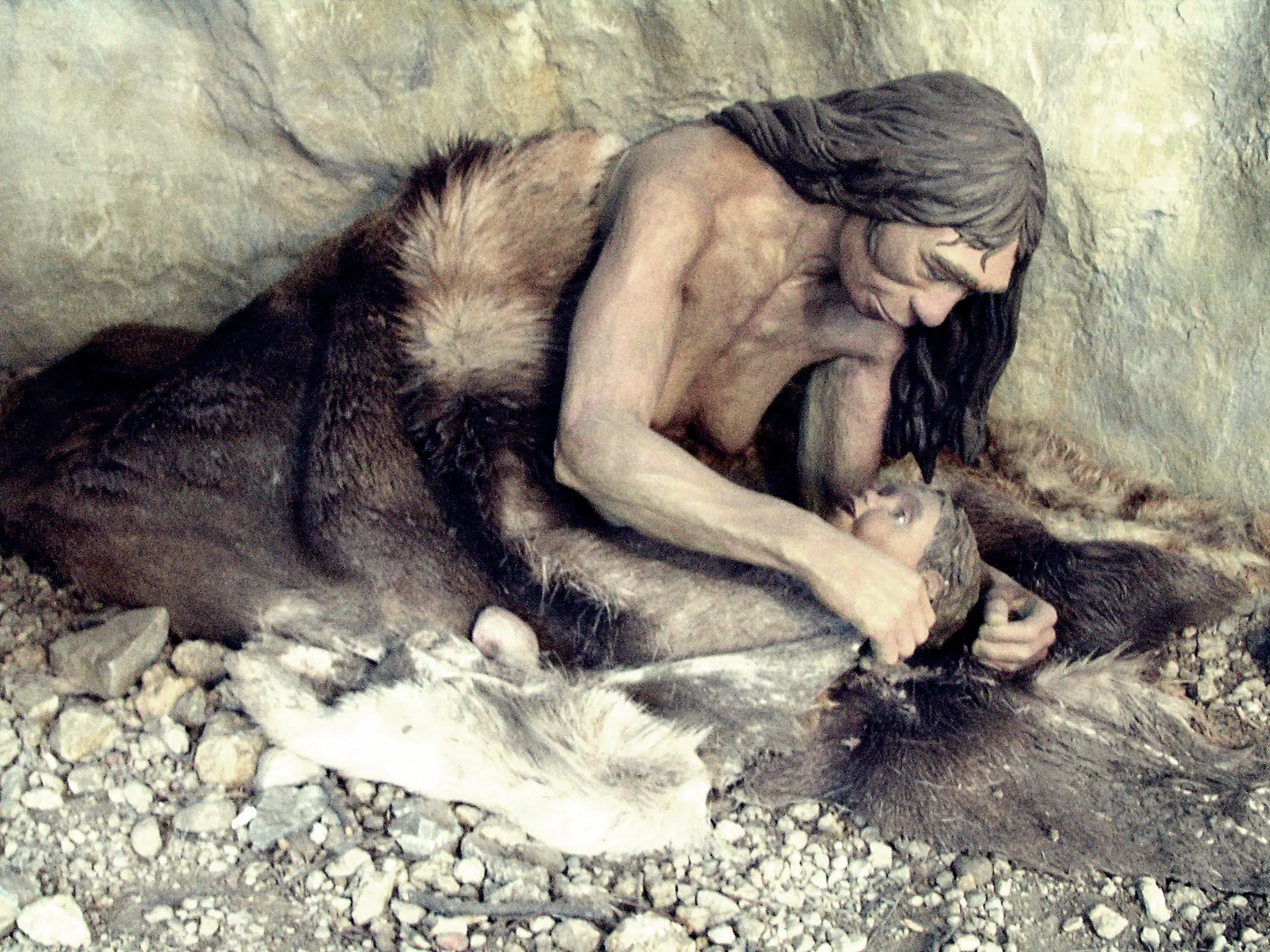
Scientists claim to have discovered the place where early humans resided in the midst of their migration from the African continent to Eurasia, solving a 20,000-year missing gap in human history.
It has been common knowledge for some time that our ancient ancestors left Africa about 70,000 years ago and proliferated throughout Asia and Europe 45,000 years ago. However, where those early homo sapiens spent their time in between has long been an unsolved puzzle.
A team of international researchers has discovered that around a thousand of these travelers lived in a region that spanned the Middle East, known as the Persian Plateau.
The thesis was confirmed using ancient DNA, modern gene pools, and palaeoecological evidence. This clarified that the area would have been an ideal inhabitable space before they continued to settle in Asia and Europe.
“Our results provide the first full picture of the whereabouts of the ancestors of all present-day non-Africans in the early phases of the colonization of Eurasia,” Luca Pagani of the University of Padova in Italy, senior author of the study, told the Daily Mail.
The research team examined ancient genomes from West Central Eurasia and China and discovered that ancestors of present-day Eurasians emerged from the region 45,000 years ago. They then colonized most of Eurasia and Oceania. Simulations were produced to afford a look back in time to the landscape and climate of the Persian Plateau. This showed it was higher during the time Homo sapiens arrived.
According to researchers, this gave those early humans an advantage over surrounding areas. It helped them survive and eventually migrate to Eurasia.
“Furthermore, the presence of a viable area located on both shores of the Red Sea and stretching across the Mediterranean Sea would seem to offer a suitable habitat,” reads the study published in the journal Nature.
What was life like for humans on the Persian Plateau before heading to Eurasia?
These humans resided in small, mobile bands of hunter-gatherers, as per researchers. The region supposedly offered a diverse range of ecological settings, from forests to grasslands and savannahs. There were fluctuations over time between dry and wet periods.
The Arabian Standstill and the Persian Plateau Hub models. Lots of interest in key geographic zones which were traditionally underplayed in the Out of Africa story. pic.twitter.com/dIbItCBolB
— Michael Petraglia (@MDPetraglia) March 25, 2024
There apparently would have been plenty of resources available, with evidence showing the hunting of wild gazelle, sheep, and goats, study co-author Michael Petraglia from Australia’s Griffith University told the Daily Mail.
“Their diet would have been composed of edible plants and small to large-sized game,” he added. “Hunter gathered bands appear to have practiced a seasonal lifestyle, inhabiting the lowlands in the cooler months and the mountainous areas in the warmer months.”
The Homo sapiens living in the region at the time had dark skin and hair, possibly resembling the Gumuz or Anuak people who now exist in parts of East Africa.
“Cave art simultaneously appeared as soon as people left the hub. So these cultural achievements might have been brewed while in the hub,” Pagani told the Daily Mail. However, no fossilized remains of human beings have ever been found on the Persian Plateau but have been unearthed in Arabia and the Levant. This band of Homo sapiens would be direct descendants of those from the region, the study claimed.

Homo sapiens were not the first human species to inhabit land outside of Africa, including the region studied by the research team. Ancient interbreeding by our species has left a residual Neanderthal contribution to the DNA of modern non-Africans.
“Neanderthals are attested in the area before the arrival of Homo Sapiens, so the region may well have been where that interaction took place,” Vallini told the Daily Mail.
See all the latest news from Greece and the world at Greekreporter.com. Contact our newsroom to report an update or send your story, photos and videos. Follow GR on Google News and subscribe here to our daily email!



